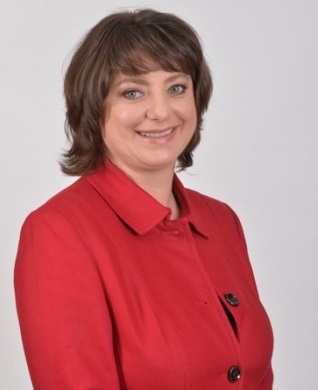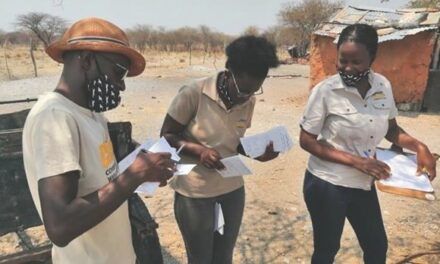
Siemens punts intelligent water infrastructure for improved reliability to support economic growth

By Sabine Dall’Omo, Chief Executive of Siemens Southern and Eastern Africa
Johannesburg, 29 March 2018 — Rapid urbanisation across the continent is having an effect on water demand and by the year 2030, it is estimated that the world will need 40% more water than its current accessible, reliable supply.
Compounding the issue and according to the UN’s Water for Life Report it is estimated that approximately 300 of the 800 million inhabitants in sub-Saharan Africa live in a water-scarce environment.
Water is vital to human existence. We depend on the resource to carry out important economic activities and provide proper sanitation, which are crucial elements to well-being and health. If neglected there will far reaching implications for government, business and ultimately society.
Awareness about the importance and finite availability of the resource are crucial to widespread behaviour change and necessary to ensure environmental sustainability, and capacity for future generations. Water education should not be restricted to scientific or factual knowledge but be holistic and include decision makers, water technicians, communities, stakeholders and media to promote systemic change.
When a resource is in such short supply, managing and producing it effectively is essential. Digitization of the existing infrastructure is just one waterwise move for both the public and private sector.
The water industry has been focused on ushering in a new era of water management, with an emphasis on automation, the Internet of Things (IoT) and more sophisticated data management and analysis software that enables the water end-user or plant operator to have valuable, actionable information.
This proactive focus is driving digital transformation for both utilities and industrial plants, and enables them not only to detect and react to an issue when it occurs but also predict and prevent issues from occurring.
Prioritising the use of intelligent, networked systems will conserve energy, avoid water losses and curb resource consumption. By having a 360 degree view of a water system, solutions can be pre-emptively identified.
As we progress further into the Fourth Industrial Revolution, agility and inventiveness will become a pivotal requirement for the new world order. Climate change and global water shortages are a collective concern. In the latest World Economic Forum Global Risks Report, water crises rank 20th as one of the risks respondents are most concerned about for doing business in their country in the next 10 years.
To overcome this risk we will need to deploy major innovations. Imagine using 3D virtual technology to see a realistic representation of an existing water plant and overlaying how automation, drives, pumps, instrumentation and electrical components can best be implemented to ensure positive outcomes. In 2016, Siemens and Bentley Systems, a global leader in software solutions for advancing infrastructure, initiated a strategic alliance agreement to drive new business by accelerating digitization. Bentley’s advanced knowledge in the field of water infrastructure means that customers are able to simulate processes in water plants allowing for predictive maintenance, resource optimization and energy data management.
Another way in which Siemens is catalysing creativity in the digital economy is through a recently hosted 48-hour hackathon – #DigihackAfrica2018 – which brought together Siemens engineers alongside IoT and digital industry experts from IBM, IoT.Nxt, Atos and the University of the Witwatersrand to work on ideas that will have the potential to disrupt the IIoT environment in Africa.
The winning team presented a decentralised intelligent water management system. The fully automated water accounting and leak detection system is made up of intelligently linked instrumentation from Siemens, flow meters and pressure transmitters linked to a GPRS 3G module that sends signals back to an in-house cloud-based system. Through a mobile app, water technicians and engineers on the field will have real-time monitoring access to the flow of water in any water infrastructure network on a device.
The value of investment in R&D in Africa to find solutions to the water crisis should not be underestimated. Being able to have foresight about future problems and develop solutions, with a uniquely African view and relevance, will provide the continent with a competitive edge.
Ultimately, effective and smart water management will enable governments and utilities to provide a safe and reliable resource to its people. Improved water stewardship pays high economic dividends and technology can help to make this happen. It seems like a smart start and a step in the right direction to find sustainable solutions that work for Africa and in Africa.
About the author:
Sabine Dall’Omo has worked at Siemens for more than 25 years.
Her relationship with the German industrial giant started in 1986 when she did her three-year vocational training with Siemens. During her career, she has worked for Siemens in various capacities and in several countries. In 2004 she moved to South Africa as Head of Performance Controlling for Siemens Southern Africa. In 2012, she was appointed the CFO of Siemens (Pty) Ltd.











































